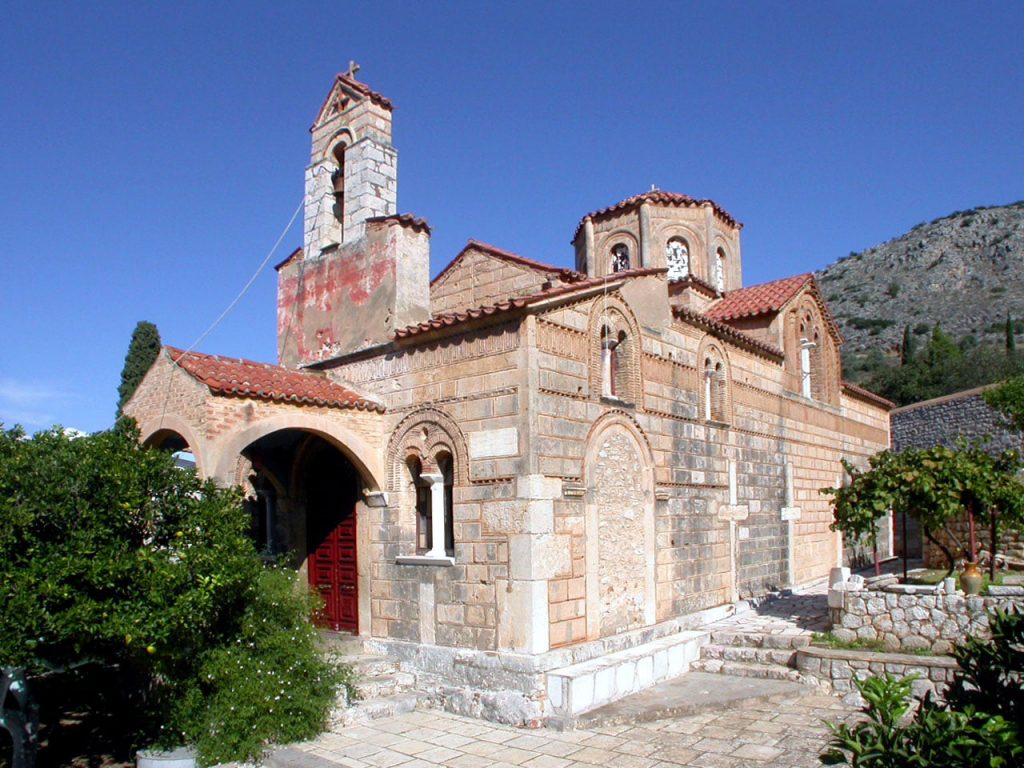Church of St. Spyridon
It was built in 1702 during the Venetian occupation at the expense of the orthodox inhabitants of Nafplio, as it is confessed in the surviving founding inscription. The church is known for the assassination at the entrance of the first governor of modern Greece, Ioannis Kapodistrias, on September 27, 1831. In the courtyard of the small square of the church there is a bust of the Nafplio academic Angelos Terzakis.
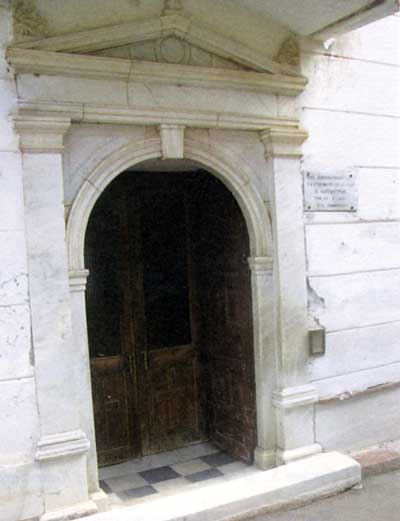
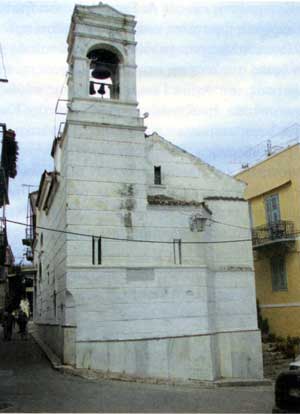
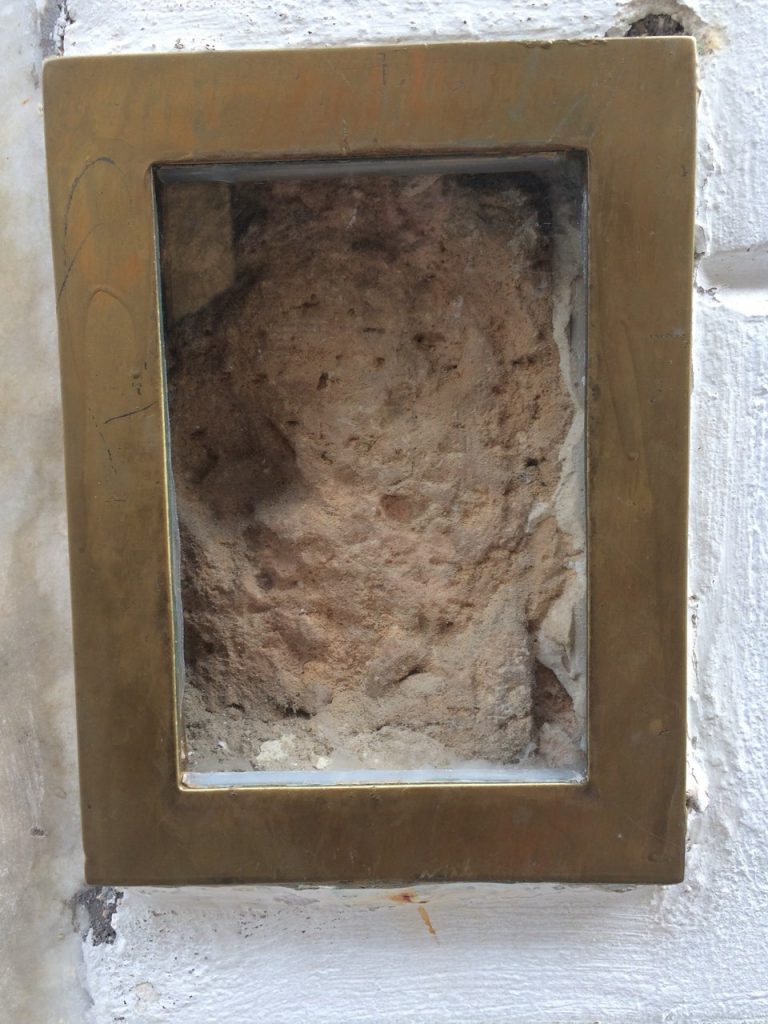
Church of St. Georgiou
It is the most historic church of Nafplio. A building of the Venetians from the 16th century, it became a mosque during the Turkish occupation, then a Christian church and then a mosque again, until the liberation of the city. In this temple became the official reception of Morosini, who with the occupation of Nafplio (1686) was named “Peloponnesian”. The funeral of Germanos of Old Patras (1824), Dimitrios Ypsilantis (1832 and Ioannis Kapodistrias (1831) took place here.This cathedral is decorated with beautiful hagiographies by Dim. of ethnography entitled “Babylonia”, with a large copy of the Last Supper of Leonardo da Vinci, with the throne of King Otto, with many old portable icons.
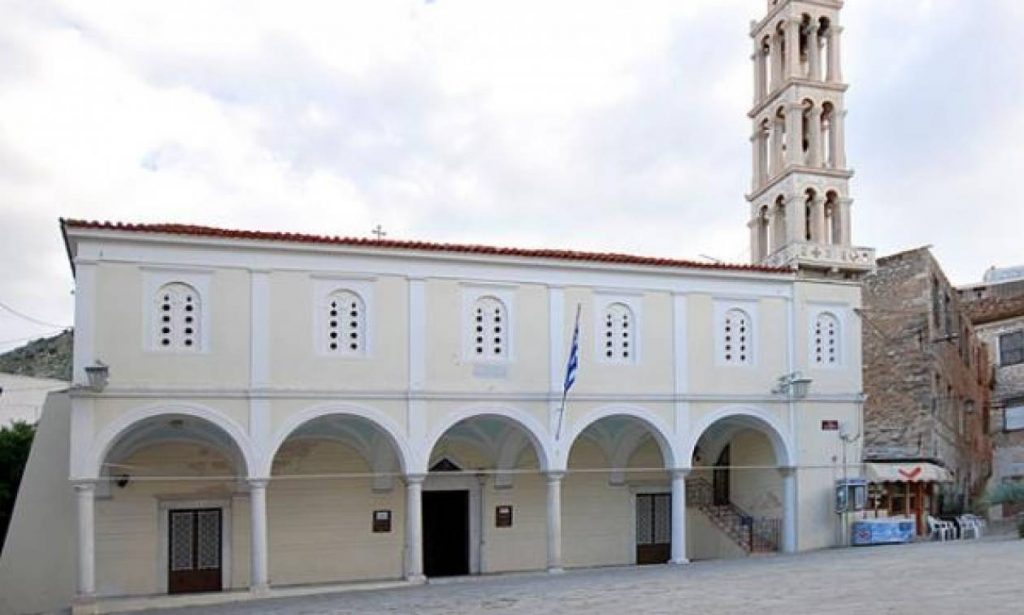
Church of St. Nikolaou
The current third building in a row of St. Nikolaos is a four-sided rectangular basilica with a flat tiled roof, painted with good paintings and with a light wood-carved iconostasis, which emphasizes its height. From the interior decoration of this bright church are distinguished for their artistic value the despotic throne, the central – Russian art – chandelier and the large despotic icons of the iconostasis of the years 1848-1849 works of the famous talented hagiographer of the years of National Polygenesis Ioannis Dimadis.
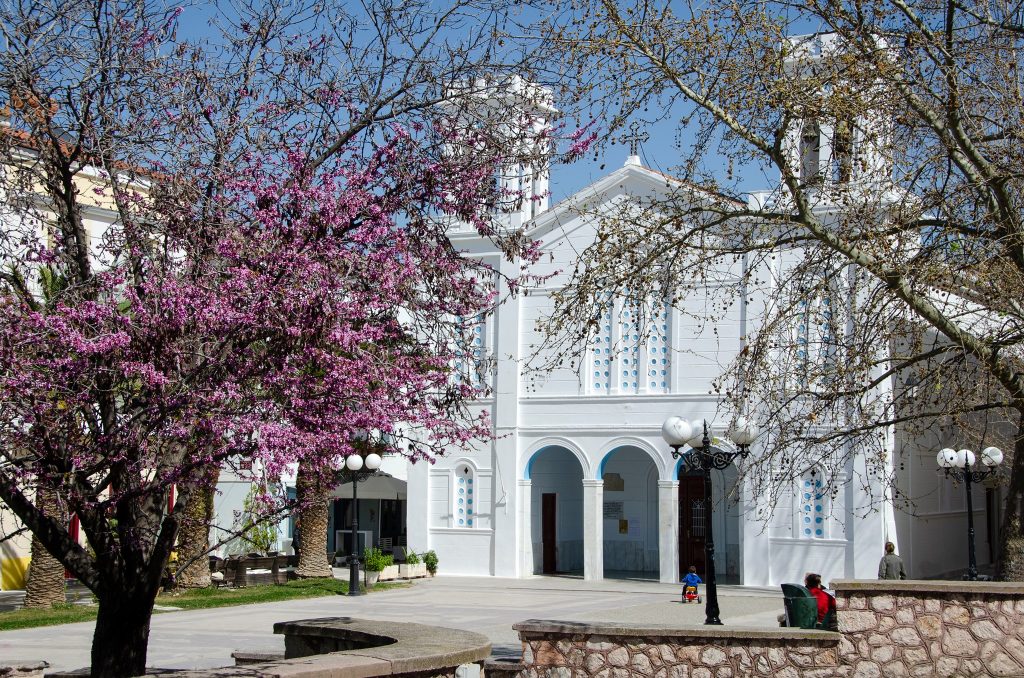
Church of Panagia
The church of Panagia is in the style of a basilica, divided by six very high columns into three aisles, dedicated to the Genesis of the Virgin Mary, Saint Demetrius and the new martyr Saint Anastasios of Nafplio (+1656).
Today’s high imposing iconostasis is an excellent example of Ionian art, Rococo type, with an obvious western type of influence. The Pulpit and the hierarchical throne are obviously of the same era, which constitute with the iconostasis an artistic entity and with the symmetry of the other furniture, with the regular openings of the windows, the studied dimensions of the spaces, the interiority and the contemplation imposed by the this manorial church. Here is celebrated the memory of the new martyr Agios Anastasios of Nafplio (February 1) with a universal holiday in Nafplio, while recently the inauguration of the new church in honor of Agios Anastasios in the new city of Nafplio.

Catholic Church Metamorfosis
The Catholic Church Metamorfosis, which has become known as “Frangokklisia”, is a church in the area of Frangomahalas, near the square of Agios Spyridon. The church during the Frankish occupation, served as the catholic of a nunnery of the Franciscan order.
Shortly before the Greek Revolution, during the Turkish occupation, Aga Pasha’s widow, Fatme, renovated the then ruined temple in memory of her husband after his sudden death. Even today, the Catholic Church of the Transfiguration retains the appearance of a mosque, as it is oriented southeast, towards Mecca and on the outside it has heavy proportions and a low dome, while inside it has the niche for the Koran, the mihrab. After the liberation, in 1839 Otto ceded the church to the Catholic Church, taking care of the ecclesiastical needs of the Greek Catholics, the Philhellenes and the Bavarian soldiers who belonged to his entourage. The king also owes the dedication of the church to the Transfiguration of the Savior, as a remembrance of the transformation of Greece after the liberation from the Turks.
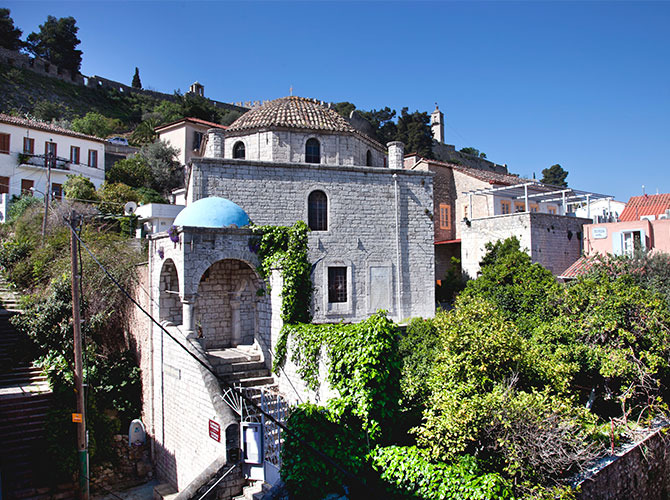
Church of Hagia Sophia
Hagia Sophia is the only Byzantine church in the city of Nafplio, hidden between the old houses and the alleys of Psaromachalas. The small church of Hagia Sophia was built around the 11th to 12th century AD. During the Turkish occupation, the Turks had turned the temple into a warehouse for straw. In 1780, the dragoon of the fleet N. Mavrogenous managed to get permission from the Turks, so that the approximately 300 people of Nafplio could attend the church of Hagia Sophia, since until then the Orthodox church within the city walls was forbidden.
In 1825 Hagia Sophia was renovated by Nasos Fotomaras, then guard of Nafplio. In terms of its architecture, Hagia Sophia follows the model of the small tiled basilica with an octagonal dome, in the shape of an inscribed cross, while its west side is plastered. Its sanctuary is semicircular, with a double window.
In the church of Hagia Sophia was found a capital with embossed jewelry, which is exhibited in the Archaeological Museum of Nafplio.
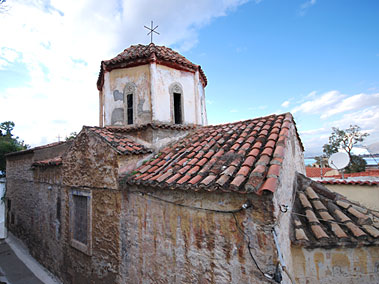
Agia Moni
At a distance of just 3 km northeast of Nafplio in the area of Aria and at the foot of Palamidi, is Agia Moni. It dates back to the middle of the 12th century and was built by the Bishop of Argos and Nafplio, Leontas. It is one of the few well-preserved examples of a Byzantine church. While it functioned for a while as a male monastery, today it is a nunnery with about 10 nuns.
